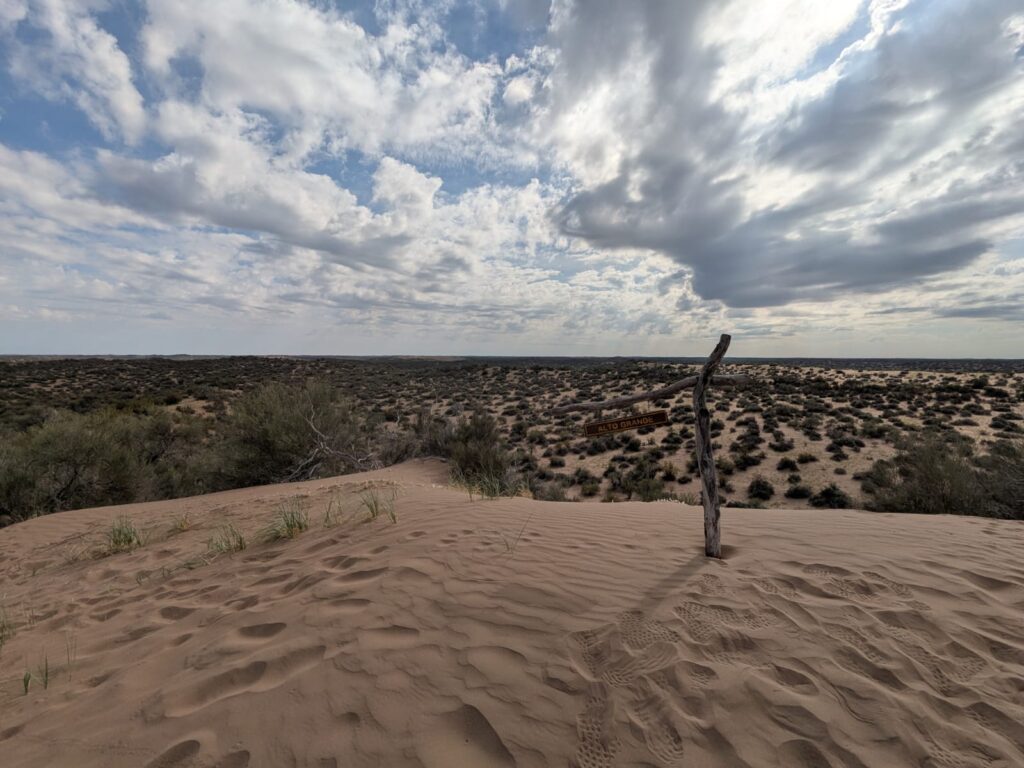
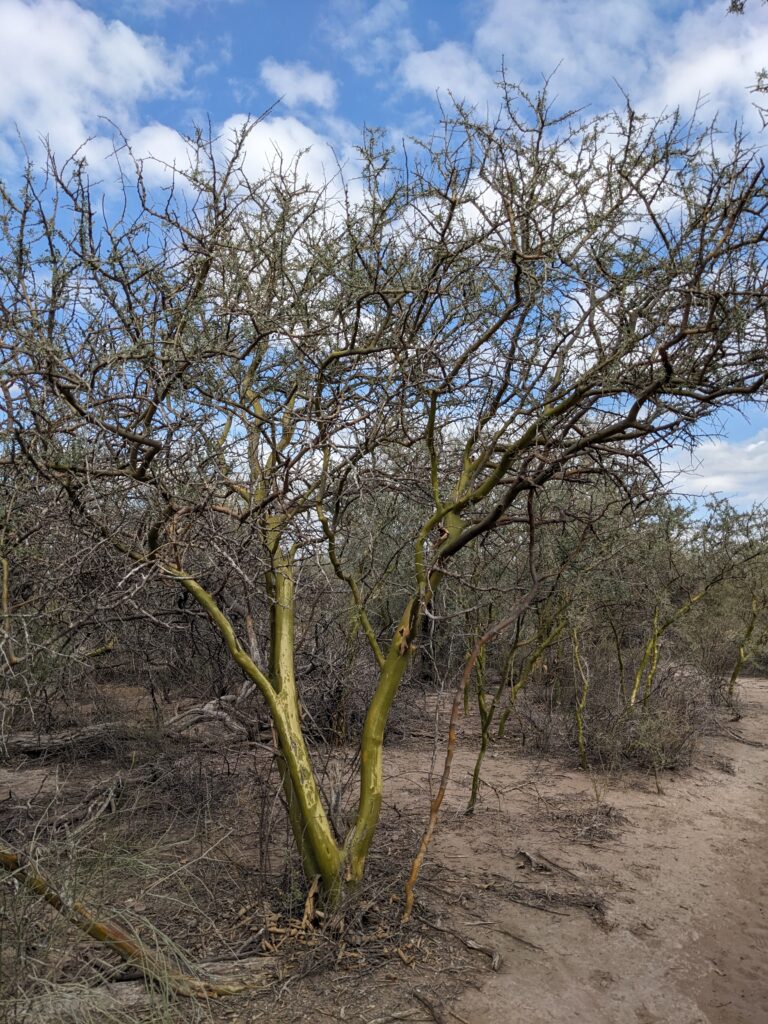
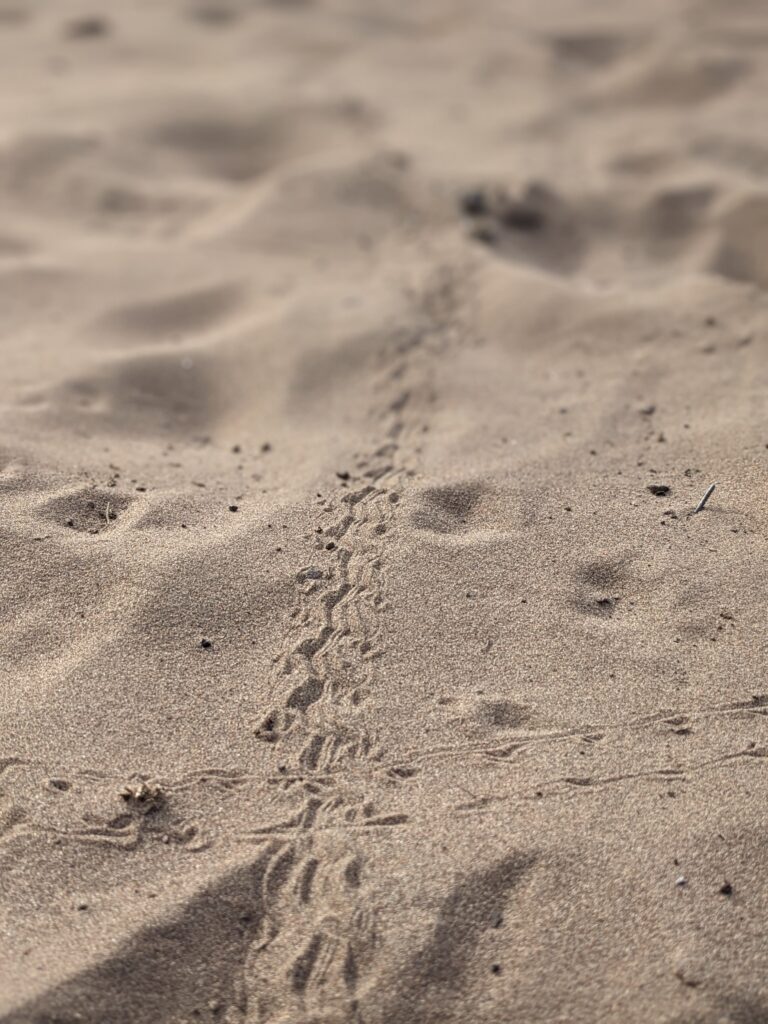
Introduction
Phil is back on the road! If you’ve read our last blog then you’ll know that our van, Phil, has been having some major work done by a mechanic in Temuco, Chile. Luckily, the work all went smoothly and we were able to resume our road trip on 12th April. From Temuco, our initial goal was to return to Argentina. We hoped to find warmer and sunnier weather – a cool damp autumn was beginning to set in and we were keen to get away from it! Plus, our overall trajectory was to head north-eastwards towards Brazil.
To reach Argentina we chose to cross at the Andean border post of Paso Pehuenche. The main reason for choosing this border crossing was due to it being at relatively low altitude (2553 m). We didn’t want to put our van under too much strain so soon after leaving the mechanic! It turned out to be a stunning route over the Andes and we’d highly recommend this less-used but still entirely paved border crossing (the more popular crossing near Santiago has an endless stream of trucks night and day, along with a very steep series of switchbacks!).
Reserva Natural y Cultural Bosques Telteca
We were excited to be back in Argentina, with its vast landscapes and abundant wildlife. On returning, other than a nice rock climbing area near Mendoza, our first main stop was the Telteca Forest Natural Reserve. This desert-like environment seemed to appear as if from nowhere and was a complete contrast to the cool and wet temperate environments that we had just come from in southern Chile. We were suddenly surrounded by carob trees (or telteca trees, which the reserve is named after), sand dunes and cacti, and the sun was beating down creating temperatures of around 25°C.
Entrance to the reserve is free and there is a pleasant and also free campsite at the ‘El Pichon’ entrance, where we stayed the night in Phil. The following morning, we took the advice of a friendly ranger and chose to hike the trail named ‘Las Hormigas’. This 6 km trail was very nice, with excellent views over the dunes. We found the hike a little tough going as although it wasn’t particularly steep, much of the route was on sandy ground and we were yet to acclimatise back to the warmer weather.
It was definitely worth it though as we spotted a number of new bird species, including chalk-browed mockingbirds and picui ground doves. We also saw some familiar ones that we had seen in Lihué-Calel National Park, such as monk parakeets, rufous hornero and the aptly named crested gallito – gallito translates as ‘little rooster’, as they resemble a small chicken when they run! Excitingly, we even saw a pichi armadillo (it actually startled Ed as it rushed out of a burrow just near where we were walking!) and a little desert cavi!
The carob, or telteca, trees themselves were also really cool to see, with bright green bark contrasting against the pale sand. The fruits of the carob trees have been harvested by the local Huarpe native communities throughout their history1. In fact, the telteca reserve is actually also a cultural reserve and there is an interpretive trail showing how the indigenous people of the area once lived.
From the Telteca Forest Natural Reserve, our next planned stop is Sierra de las Quijadas National Park, another stunning desert-like environment with unique red rock formations.
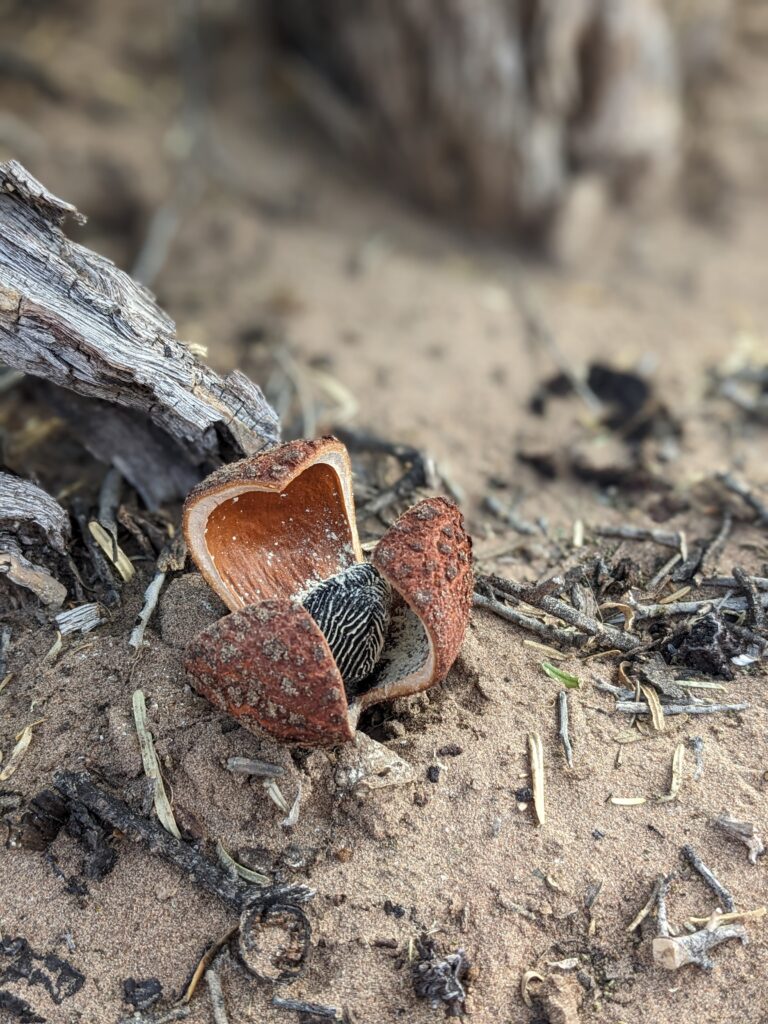
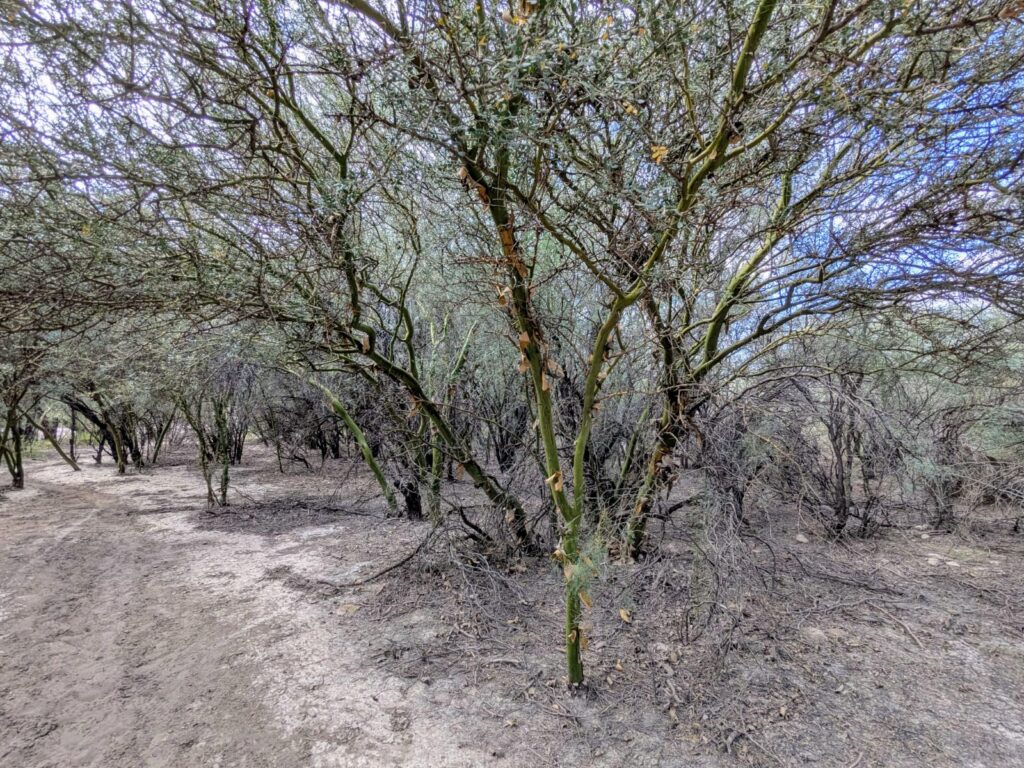

How to get there
The Telteca Forest Natural Reserve is just off Ruta 142 and is around 1 hr 30 mins drive from the city of Mendoza. The access roads are fully paved and are of a decent quality.
When to visit
The reserve is open for visitors between the months of March and November1.
Sources
- La Ruta Natural: https://larutanatural.gob.ar/es/imperdible/127/bosques-telteca
